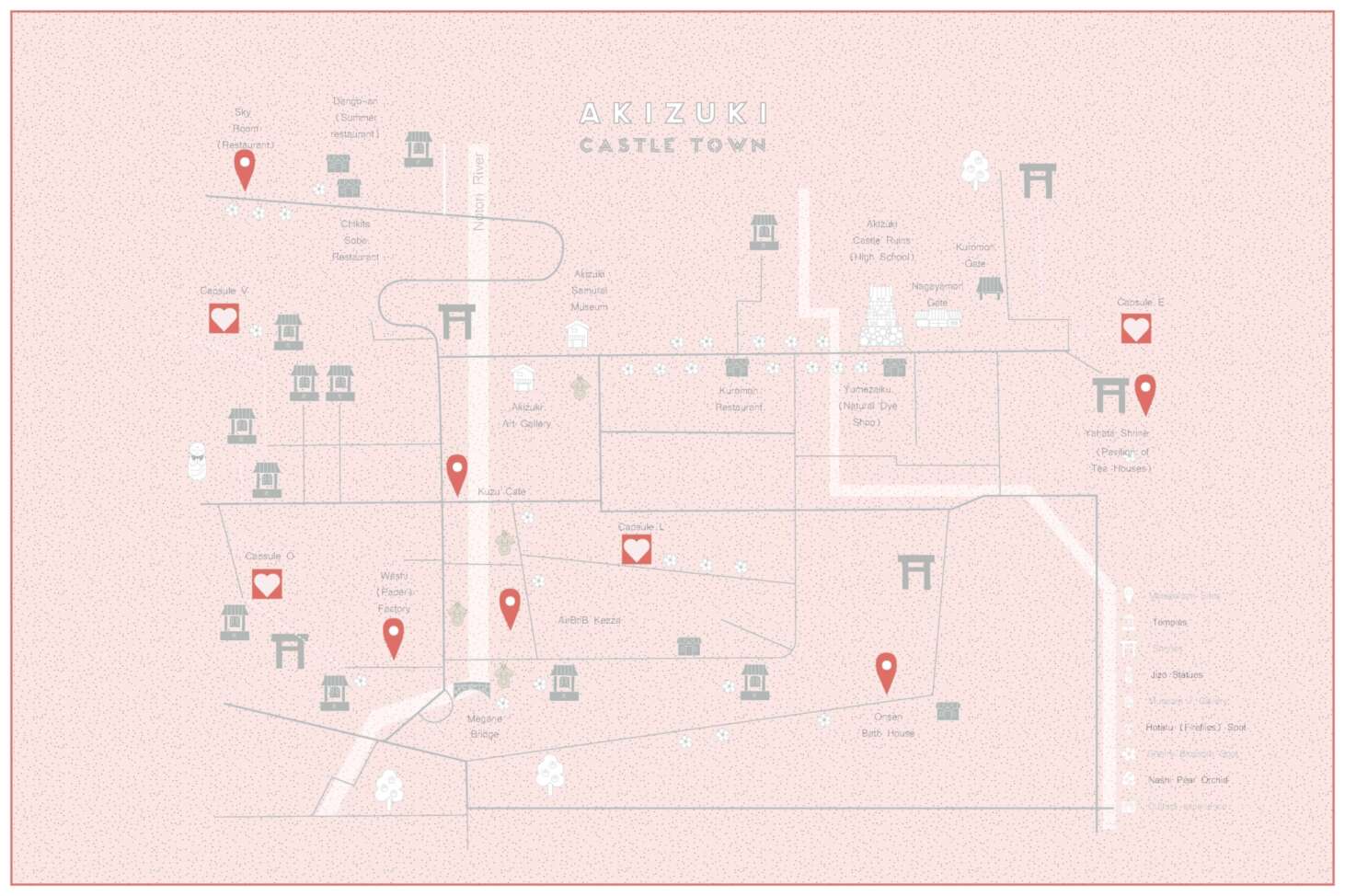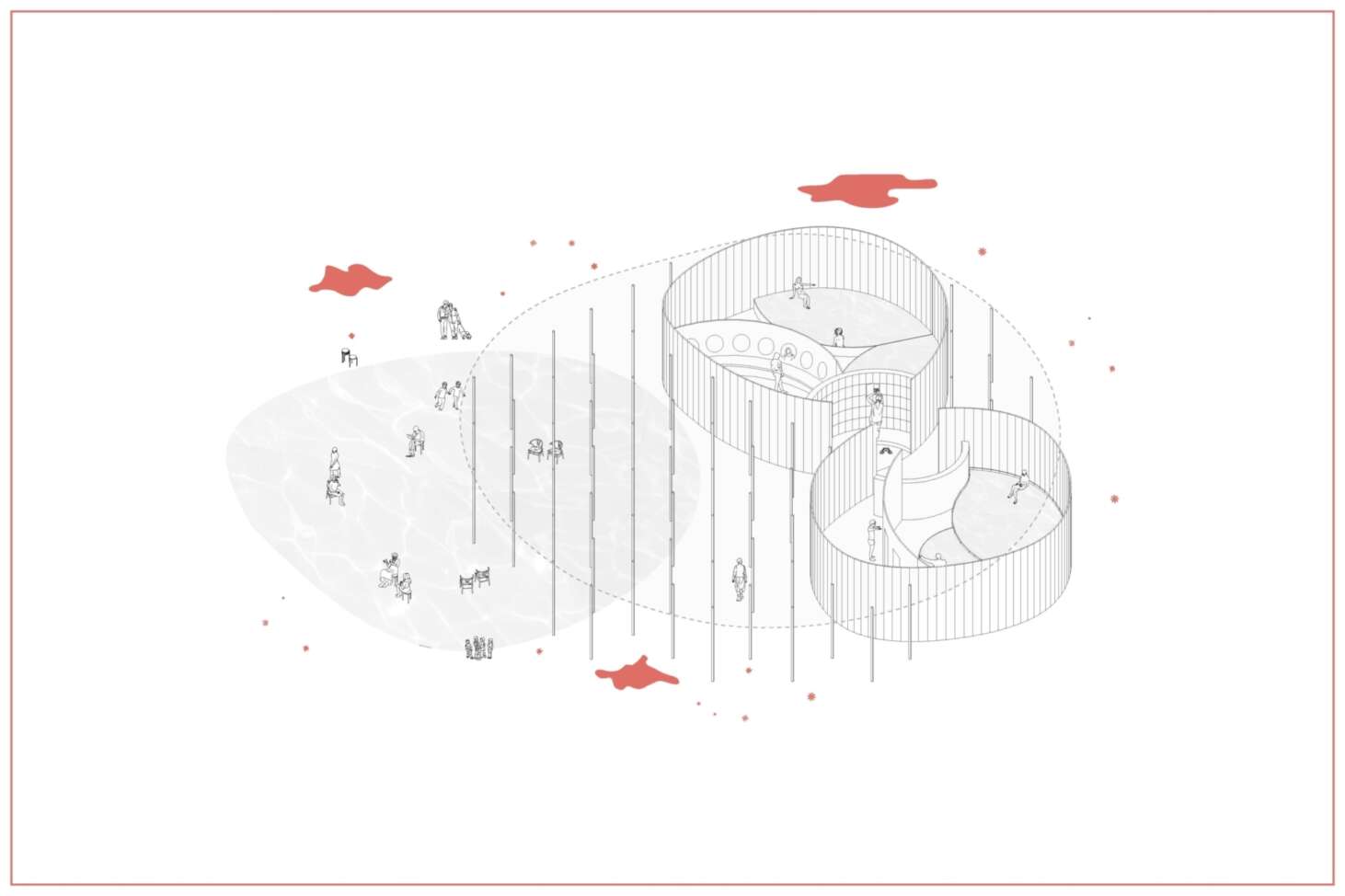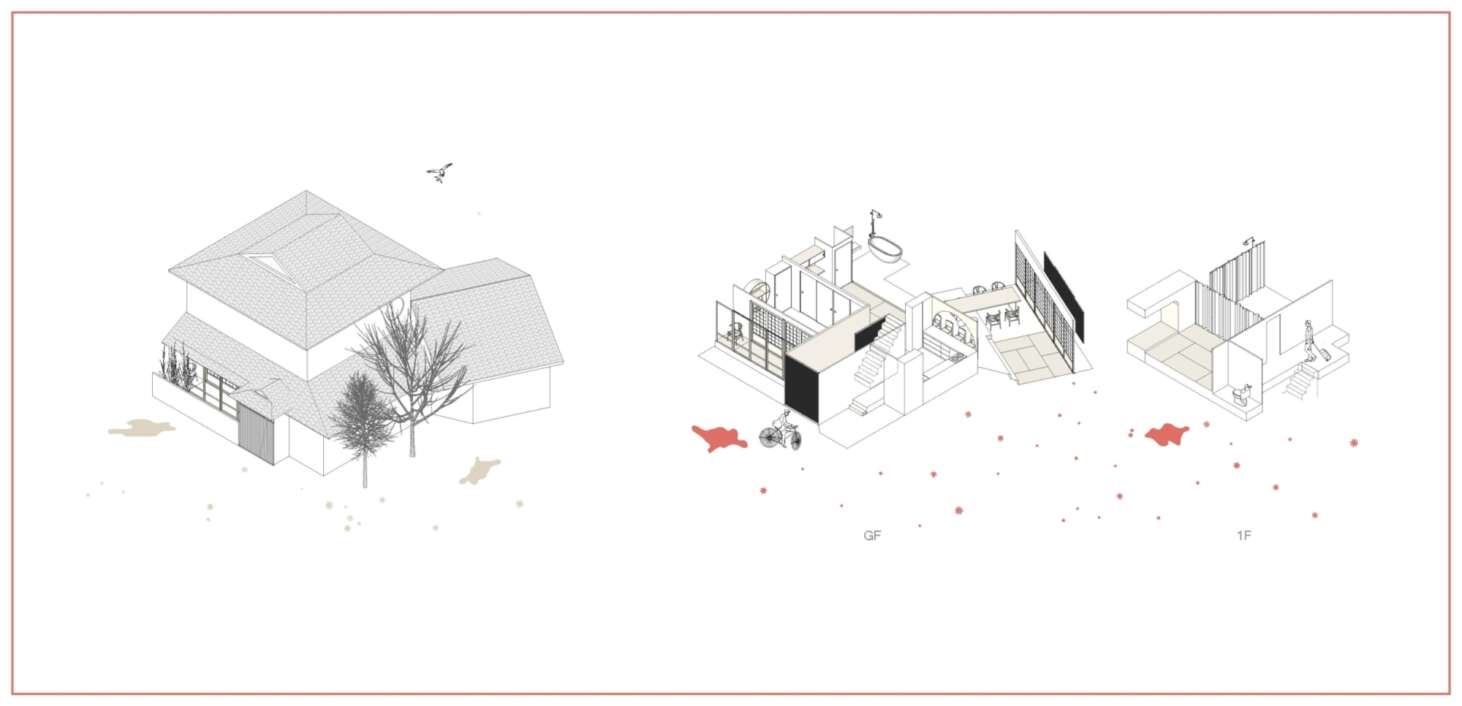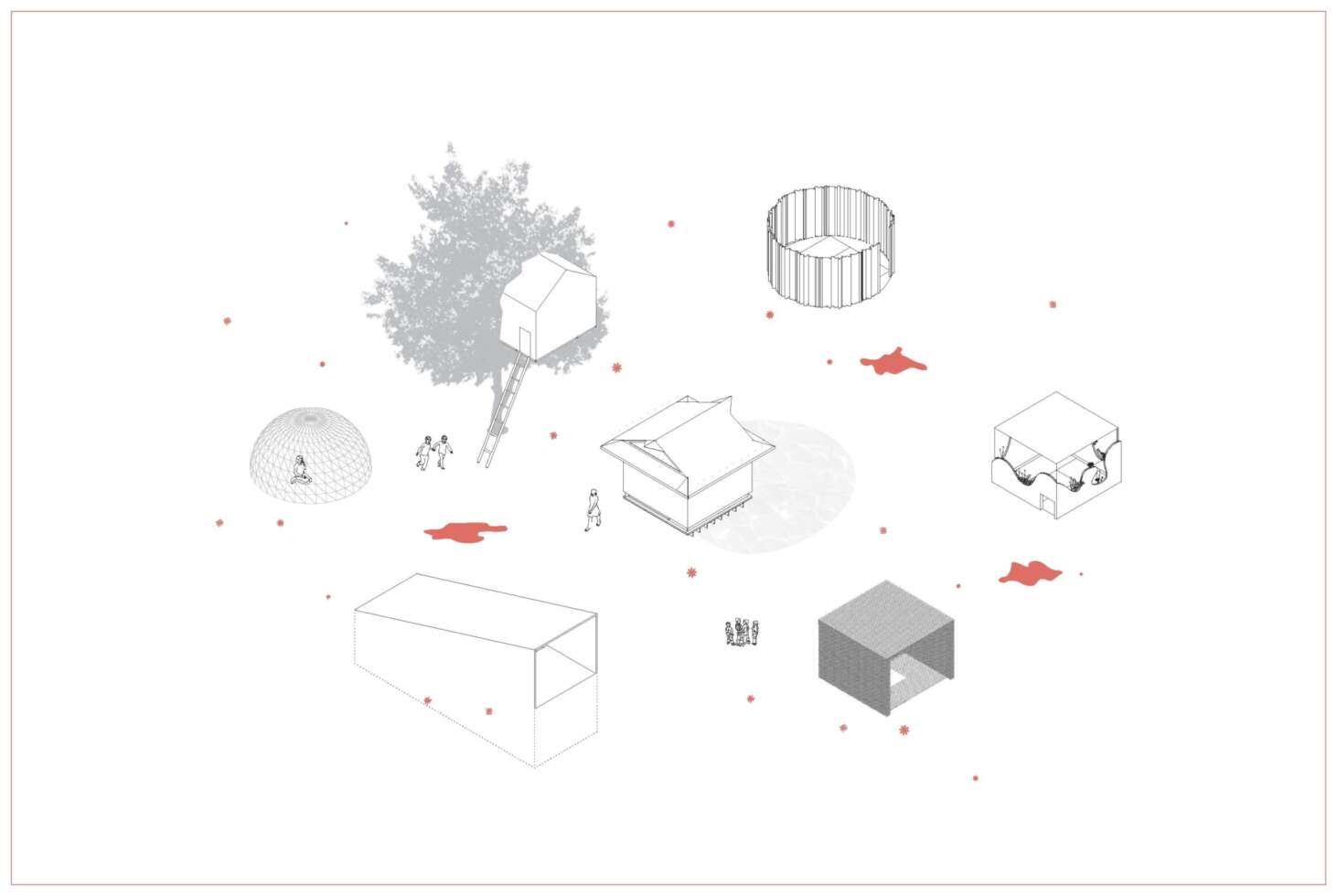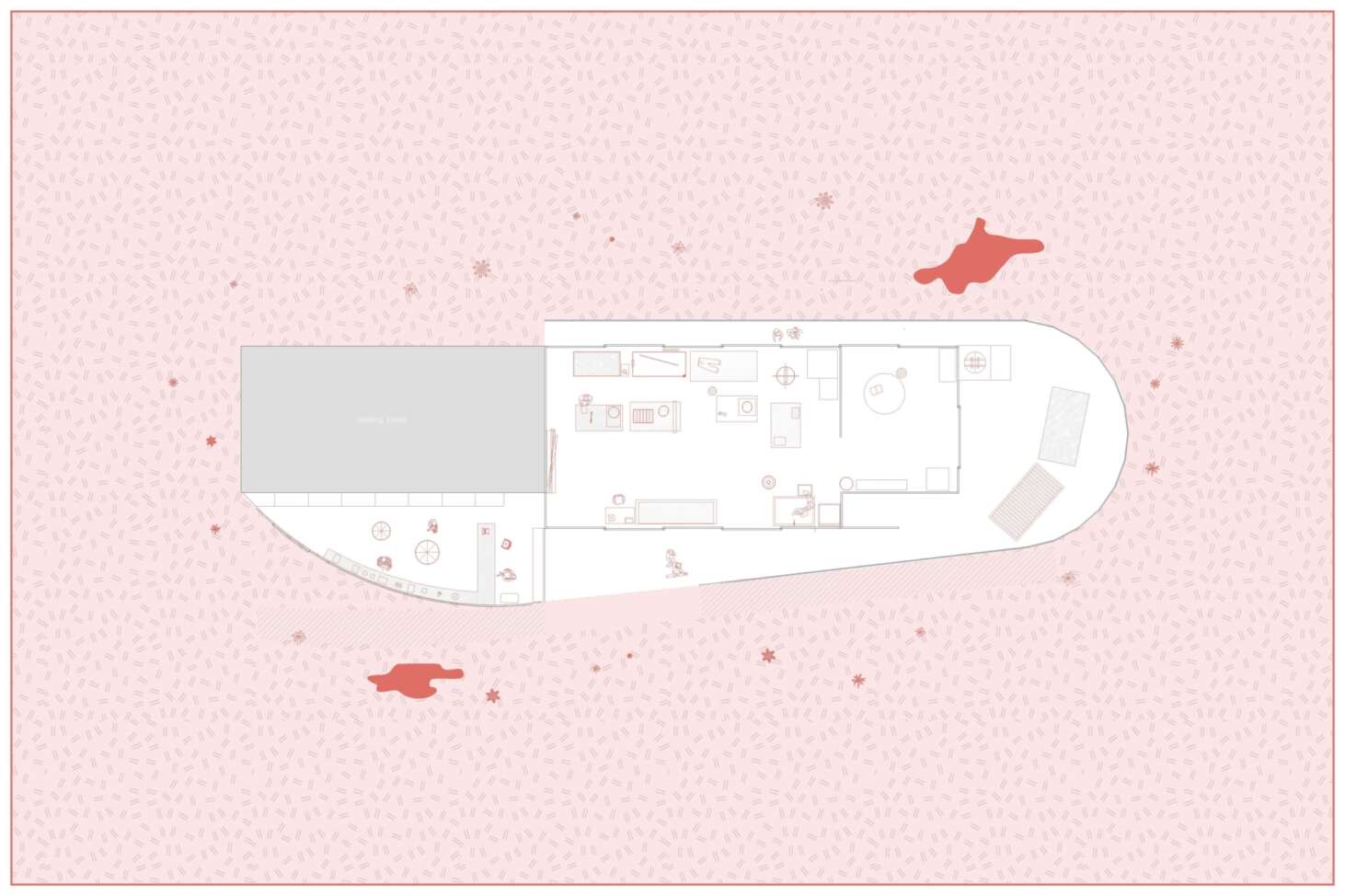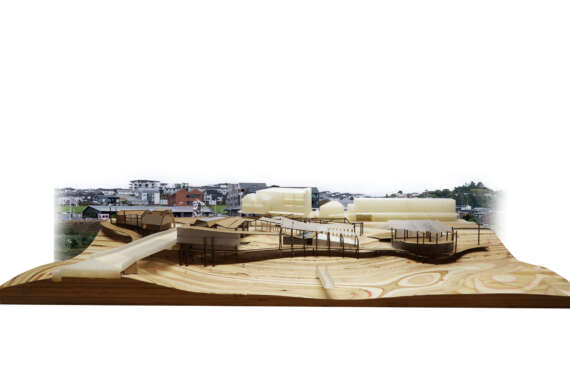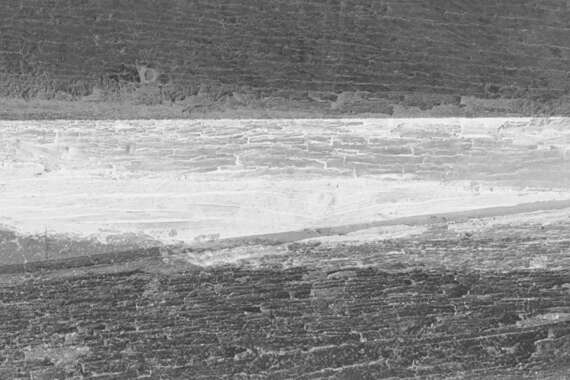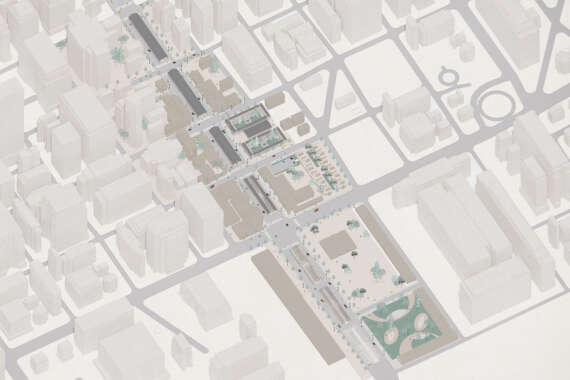Small Town Metabolising
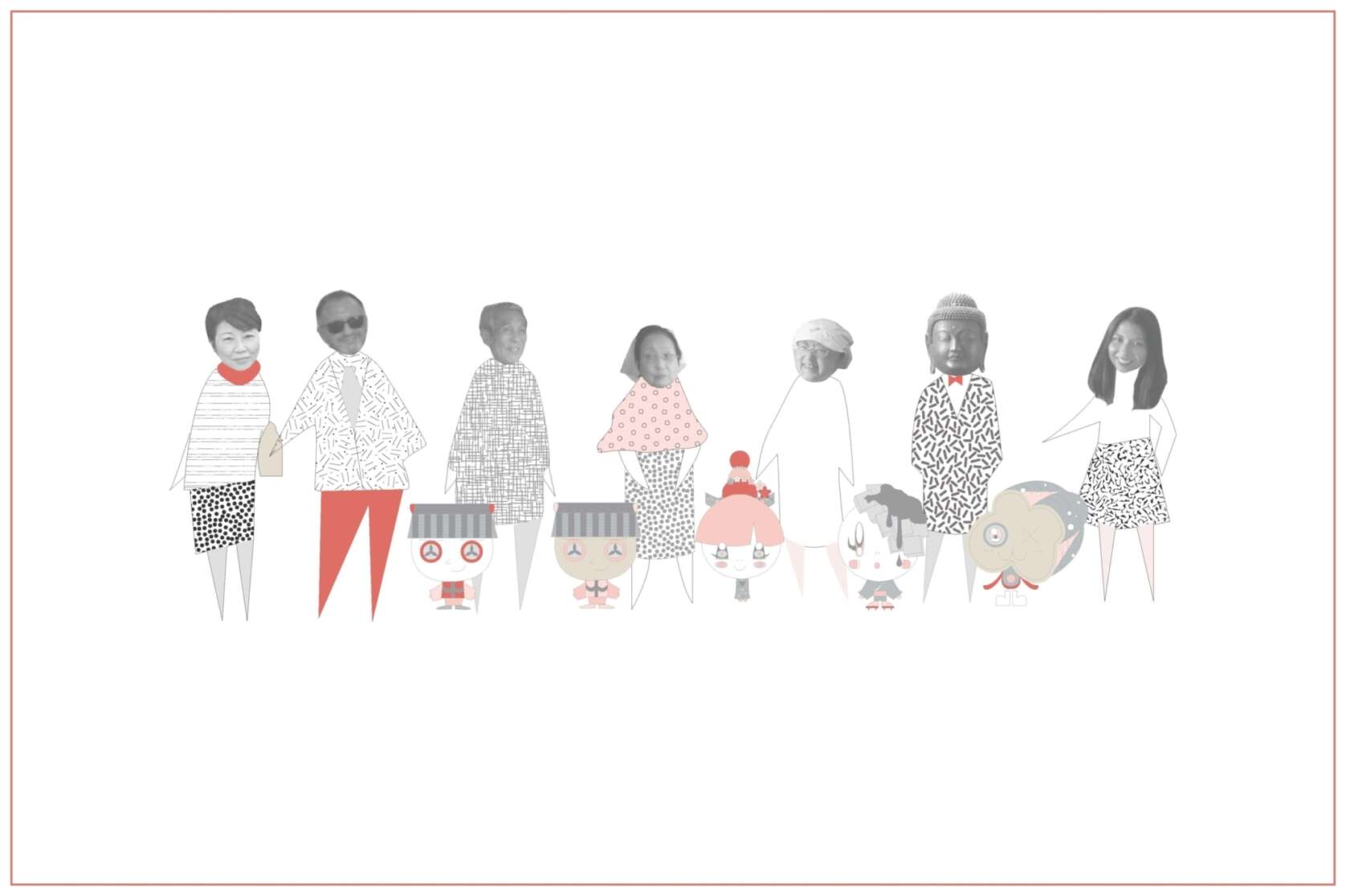
Metabolism in various forms treats archi-types as growing cells – it reorganises the relationship between a society and an individual by breaking away from hierarchical social structures and consolidating the position of an individual in Japanese society. In the context of the 1960s manifesto, metabolism allowed for the utopian mega-structures to critique socio-political problems and cultural frameworks that may not be addressed otherwise. In the context of the 2010 Venice Biennale, it allowed for voidism to be investigated in the suburban context, shaping the family life cycle of Tokyo. The vertically concentrated metabolism switches to the horizontal, and the vertical core metamorphosises to the void. Metabolism was used as a channel to put Japan on the international stage, and allowed architectural exploration into “Japaneseness” and what it meant to build in Japan’s archipelago. The West vs East was a constant dialogue, and architecture consolidating the reorganisation of relationships was fundamental.







